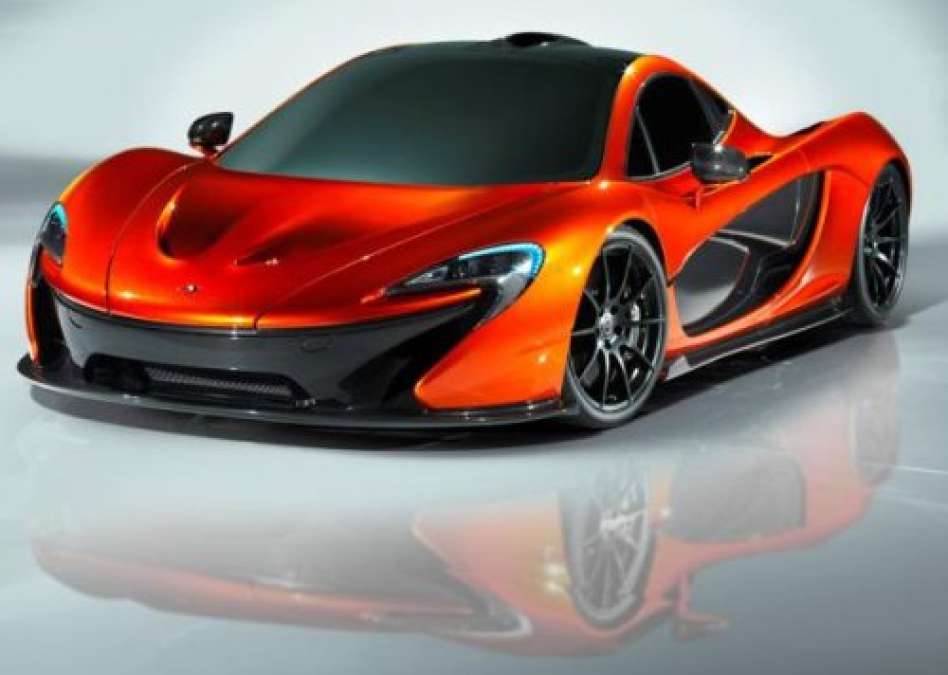The 2013 McLaren P1 (which is currently considered design study) is intended to be the successor to the incredible McLaren F1 – a vehicle was spent quite some time as the fastest car on the planet. Although the F1 was introduced in 1998 and a great many higher performance cars have been introduced since then, the McLaren F1 is still regarded as being one of the greatest supercars of all time. Even with some 14 years of technological advantage over the F1, the new McLaren P1 has some mighty big shoes to fill.
As you can see in the images on the right, the new McLaren P1 boasts a vastly more aggressive exterior design than the MP4-12C coupe and convertible that are currently carrying the banner for the British supercar builder. While you can clearly see some similar design cues between the MP4-12C and the new P1 – the design of the P1 guarantees that it will be hard to mistake the two once the P1 arrives in the production lineup in the next year or so. Like the MP4-12C, the P1 will have doors that lift out and up for a touch of “wow factor” while the roof mounted engine air intake is borrowed straight from the ranks of professional racing. You can also see some unique headlight assemblies that are fashioned in a similar shape to the McLaren logo. The greenhouse (cabin) has more of a forward position than the MP4-12C with a short hood that is possible thanks to the mid-vehicle engine placement. I could talk more about the exterior design but the three pictures available in the gallery on the right say more than I ever could so click any of the thumbnails for a closer look at the new McLaren P1.
Unlike the McLaren F1 that relied on a 6.1L V12 engine, the new P1 will pack a similar twin turbocharged V8 (mounted midship) to the one found in the MP4-12C production coupes and convertibles. Some might be questioning the ability of this diminutive V8 to keep up with the best from Ferrari, Lamborghini and Porsche – keep in mind that this same engine offers a whopping 618 horsepower in the MP4-12C. Based on that fact, I would expect that the P1 will have no problem offering more than enough power to keep up with the top supercars available today. Just that 618 horsepower from the MP4-12C is enough to equal the output of the old F1 supercar but with advancements in pretty much every area from transmission function to lightweight chassis and body design, the P1 may not need much more power to best the record setting numbers set years ago by the F1. We can almost certainly expect that every part that can be built out of carbon fiber will be built out of carbon fiber so the P1 will almost surely weigh less than the F1 while a dual clutch transmission will help to put more power to the ground.
One another interesting way that the McLaren P1 will differ from the F1 comes in the seating configuration. The original F1 featured seating for three with the driver’s seat mounted in the middle of the vehicle (much like the driver of an F1 race car) while the passenger seats were mounted behind the driver’s seat on each side with the passengers’ legs extending up along the side of the driver. On the other hand, the new P1 is expected to have just two seats in a traditional side by side layout.
The new McLaren P1 design study vehicle will make its grand debut on September 27th at the Paris Motor Show – at which point we can expect a full complement of information on the new British supercar. The biggest question is not whether the P1 will be able to beat the F1 but rather, will the new P1 be able to compete with the likes of the highest performance Ferrari and Lamborghini models. We should have a much better idea of that answer in just a few weeks.





